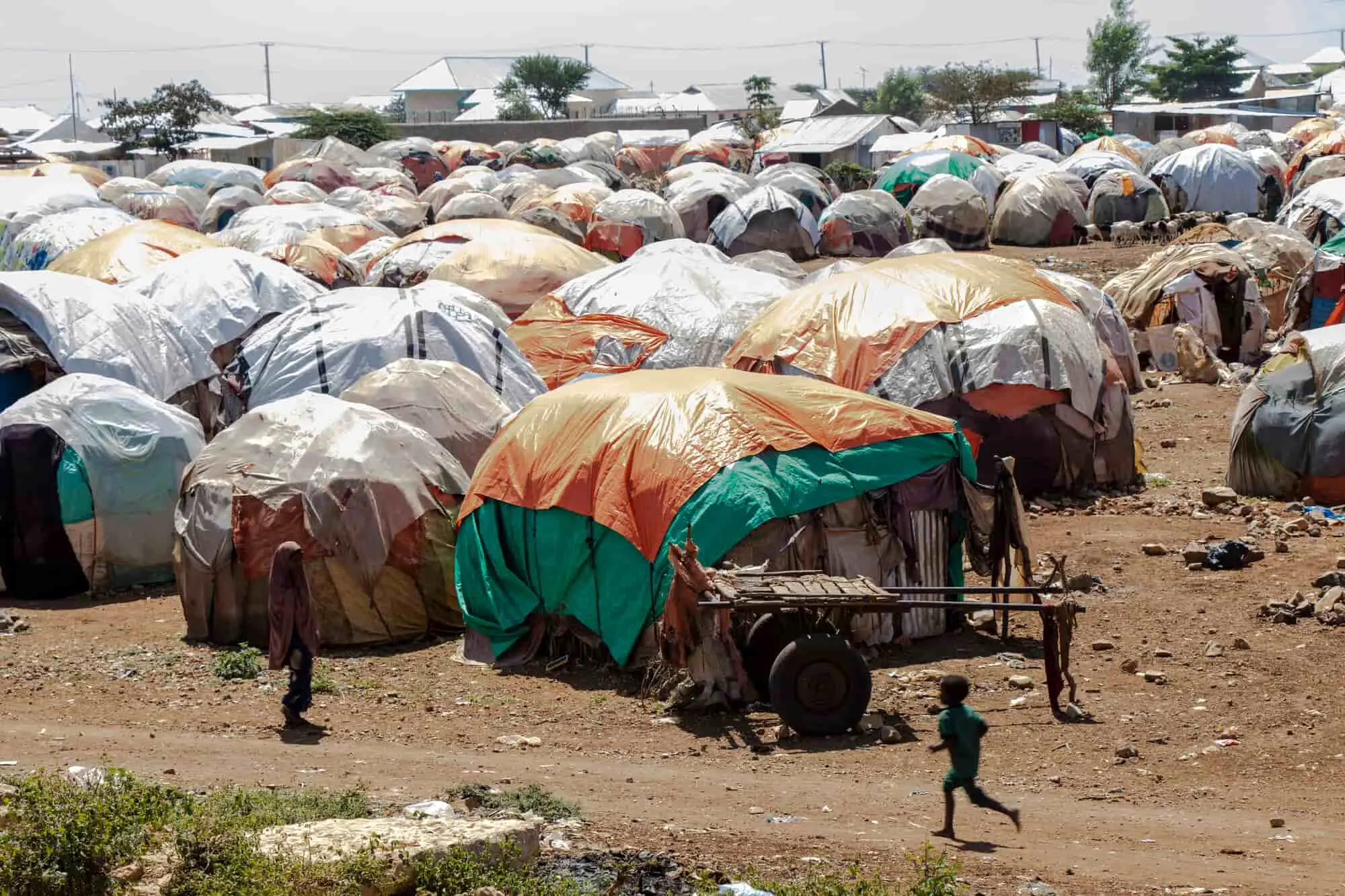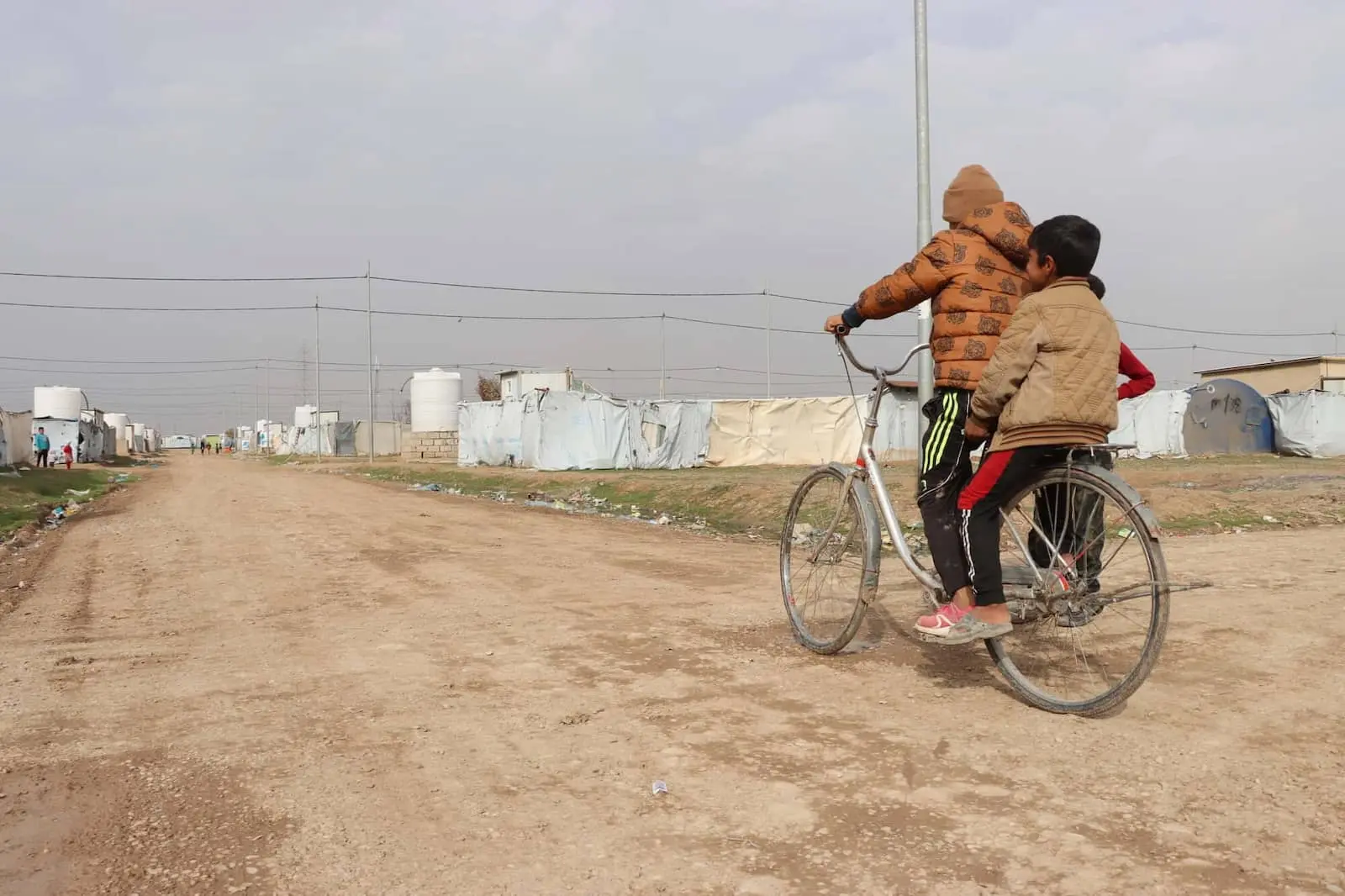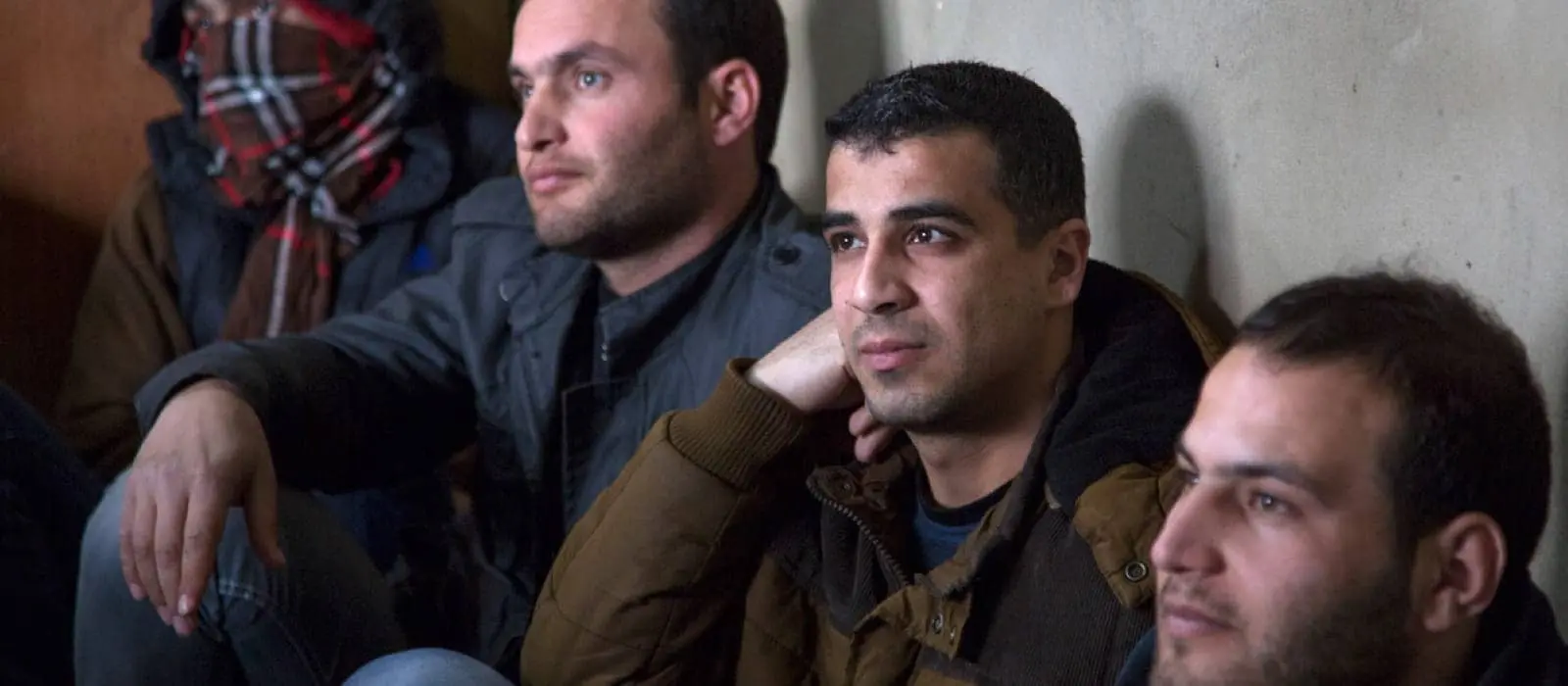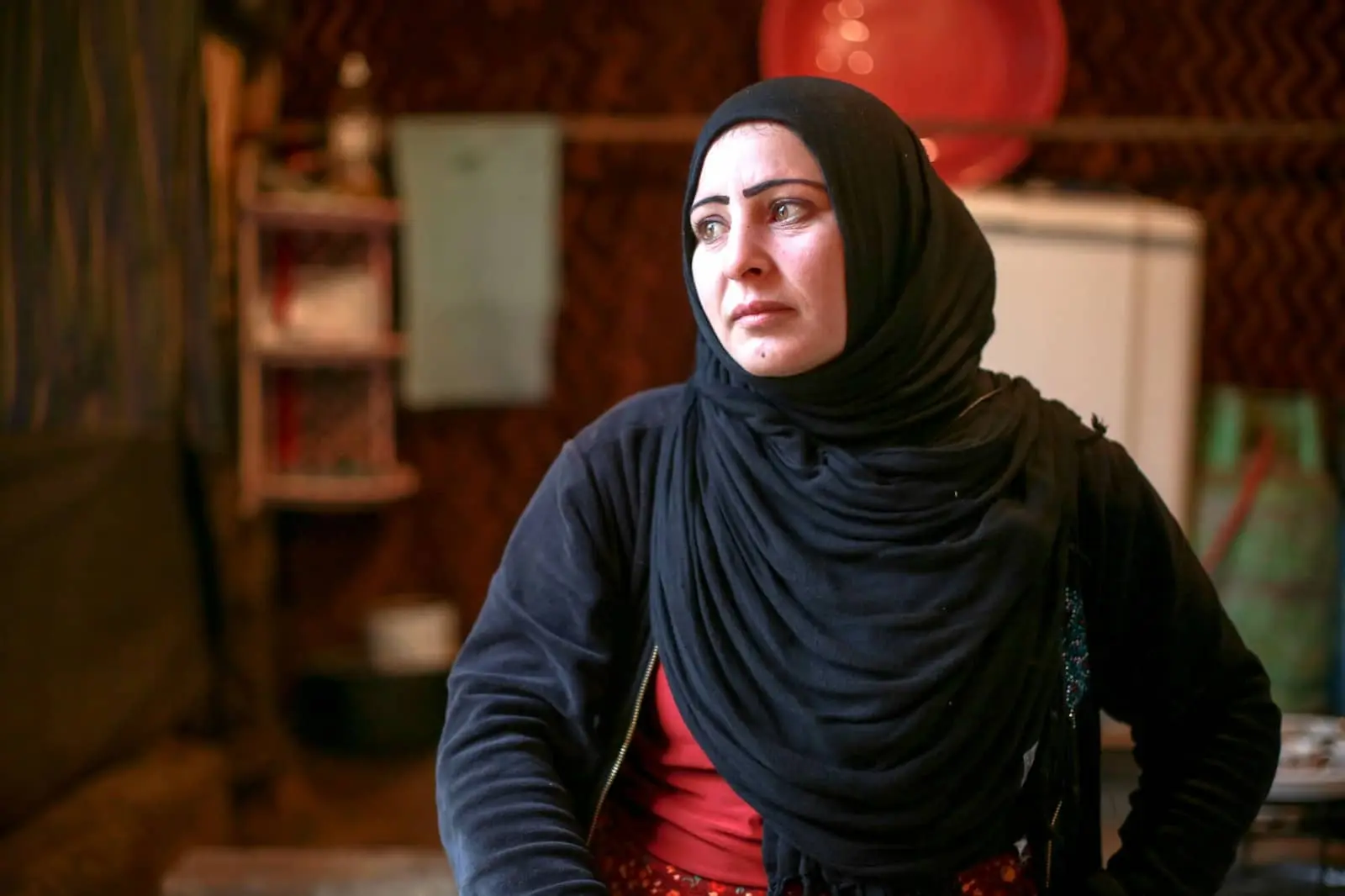While there are risks and challenges for all refugees, living an uprooted life has unique impacts on the 11 million refugee children living in displacement today.
The world is currently dealing with the largest refugee population on record, with more than 25 million people uprooted from their homes and living abroad in host communities. Of this 25 million, 11 million (according to UNICEF) are children. This number has doubled over the last 10 years.
While there are risks and challenges for all refugees, living an uprooted life has unique impacts on children. Here are five.
1. Limited access to quality education
A quality education is one of the essentials to success in life, but this becomes a challenge in refugee emergencies. According to UNICEF, refugee children are 5 times more likely to be out of school than other children, often due to school safety, language barriers in the classroom, and financial issues.
Many of these challenges are a reality for Syrian children living in Lebanon (which is host to over 1 million Syrian refugees). The emotional toll of conflict, trauma, and asylum-seeking has left many children simply not ready to enter a formal classroom, and many others end up in child labor, to help families make ends meet.
Concern Lebanon has developed a Home Learning Techniques curriculum, which builds the capacity of parents so that they can engage in activities at home that help their children in their development and studies, fostering a supportive home-learning environment.
2. Compromised mental health and the threat of “lost” childhoods
The causes of forced migration are traumatizing enough for anyone. But they hit children especially hard as they are still developing emotionally and mentally, and lack the same tools that adults often have to navigate trauma.
“When children grow up in armed conflict, their deep mental scars are often overlooked,” UNICEF Executive Director Henrietta H. Fore said at a 2018 conference in Berlin. “Prolonged exposure to violence, fear and uncertainty can have a catastrophic impact on children’s learning, behavior and emotional and social development for many years.” All of this adds up to the sense of a “lost” childhood for those who have to grow up too quickly in order to survive.
It doesn’t end with past trauma, either: Displacement can further affect the mental health of children, leaving them to develop a number of unhealthy coping mechanisms in response to their heightened vulnerability. Even if a conflict ends and they’re able to return home, these experiences may remain with them for the rest of their lives.
3. Separation from families and greater vulnerability
UNICEF’s latest estimates suggest at least 300,000 unaccompanied and separated children were registered in 80 countries over the course of two years. Many of these children are separated from their families.
While refugee children in general are more vulnerable to violence, exploitation, and abuse, they’re even more so if they’re unaccompanied — a 2017 study published by UNICEF found that risk could be more than doubled. Young girls can be the target of gender-based violence or trafficking.
Unaccompanied refugee children are at more than double the risk for violence, exploitation, and abuse.
That same UNICEF study showed that 8 out of 10 unaccompanied young refugees traveling the Central Mediterranean route reported some form of exploitation. On the Eastern Mediterranean route, young refugees traveling alone faced nearly two times the risk as adults. These are two of the most dangerous migration routes.

4. Shifting family dynamics and responsibilities
Overcrowded housing conditions. The aftermath of traumatic events. Radically different financial realities. These circumstances are common with refugee families living in host communities, which can lead to a dysfunctional shift in family dynamics once they reach asylum. This can have a family-wide impact, and leave children in an especially vulnerable position.
In the Central African Republic, violence has displaced over 1 million people, creating one of the largest refugee crises today. This has left children like 13–year-old Octavie tasked with caring for younger family members (like Octavie’s infant nephew, Jolidor) with their parents living in different areas.
In the case of Octavie and Jolidor, this not only placed an undue burden on the teenager’s shoulders, but also resulted in Jolidor being diagnosed with acute malnutrition. (Community health volunteers were fortunately able to help with a regimen of RUTF therapeutic food, provided by Concern.)

5. Isolation in host community
Many of the above factors can affect how much “at home” a refugee child feels in their host community. Beyond these challenges, however, xenophobia and discrimination play a big role in isolating those seeking asylum. Amid such lonely conditions, it’s hard to rebuild a life or regain a sense of normalcy.
A recent UNICEF report also points out that children are often isolated from data surrounding refugees, leaving their representation in the numbers hard to fully codify. This adversely affects how much their own unique needs are heard and considered when it comes to setting policies or offering social services and child protection.

Concern’s work with refugee children
From education and emergency response to nutrition and water & sanitation, children (and their unique needs and circumstances) are at the center of all areas of Concern’s work.
In response to the Rohingya refugee crisis, we’ve been supporting operations at the world’s largest refugee camp in Cox’s Bazar, Bangladesh (where we’ve worked for over 40 years). One of our key focuses there is maternal and child health, helping expecting and new mothers in the Rohingya refugee community get the care they need and learn how to care for their newborns.
In Lebanon and Trkiye, where we’ve had operations since 2013 in response to the influx of Syrian refugees, we’ve tailored educational programs to provide psychosocial support to Syrian children (many of whom were born after the conflict began). For those who are ready to enter a formal school system, we make sure they have the language skills they need. For others, who need a safe space to be kids, we’ve developed informal education models that give them the room they need.
From South Sudan to Bangladesh, we’ve also made sure that refugee children are fed and nourished. In 2018 alone, we held monthly nutrition screenings for nearly 50,000 Rohingya children in Cox’s Bazar, admitting over 6,100 children to outpatient clinics where we supported them with a combination of community care and therapeutic food, and seeing a cure rate of 97%.




